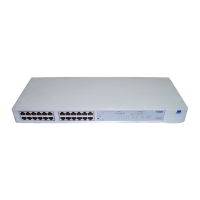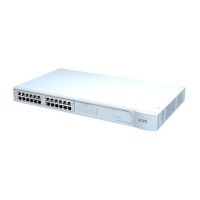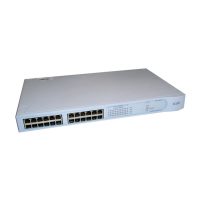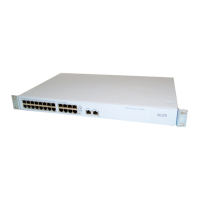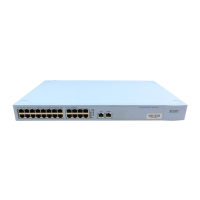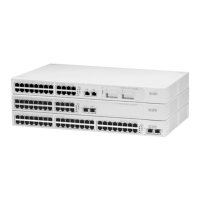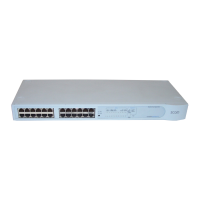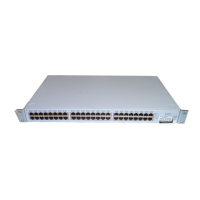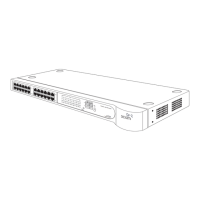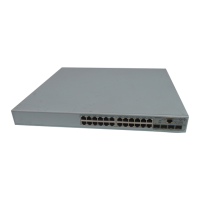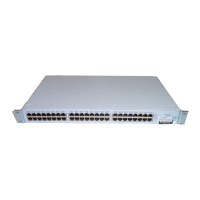GLOSSARY 157
switch A device which filters, forwards and floods packets based on the
packet’s destination address. The switch learns the addresses associated
with each switch port and builds tables based on this information to be
used for the switching decision.
TCP A layered set of communications protocols providing Telnet terminal
emulation, FTP file transfer, and other services for communication
among a wide range of computer equipment.
Telne t A TCP/IP application protocol that provides virtual terminal service,
letting a user log in to another computer system and access a host as if
the user were connected directly to the host.
TELNET An asynchronous, virtual terminal protocol that allows for remote
access.
TFTP Trivial File Transfer Protocol — allows you to transfer files (such as
software upgrades and configuration files) to and from a remote
device.
UDP User Datagram Protocol — a protocol enabling an application to send
individual messages to other applications. Delivery is not guaranteed,
and messages need not be delivered in the same order as they were
sent.
UDP Helper The UDP helper forwards specific protocol broadcasts that would not
normally be forwarded by the router. The broadcast will be forwarded
to a set of specific IP addresses. Typically, the Bootstrap Protocol
(BOOTP) and Dynamic Host Configuration Protocol (DHCP) will be
forwarded to a suitable server. The Layer 3 Module supports 32 UDP
helpers.
unicast A message sent to an individual node on a network.
unicast routing Unicast routing allows packets to be routed between individual hosts
on different VLANs.
variable length
subnet mask
More than one subnet mask (of different lengths) can be configured for
a Class A, B or C network. This allows these networks to be divided
into smaller subnetworks. A longer subnet mask than that which the
network class specifies, is used to group hosts into smaller networks.
The subnet masks are stored in routing tables so that the longest
subnet mask takes precedence over the shortest.
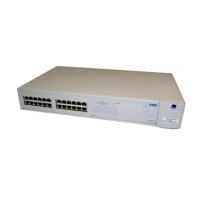
